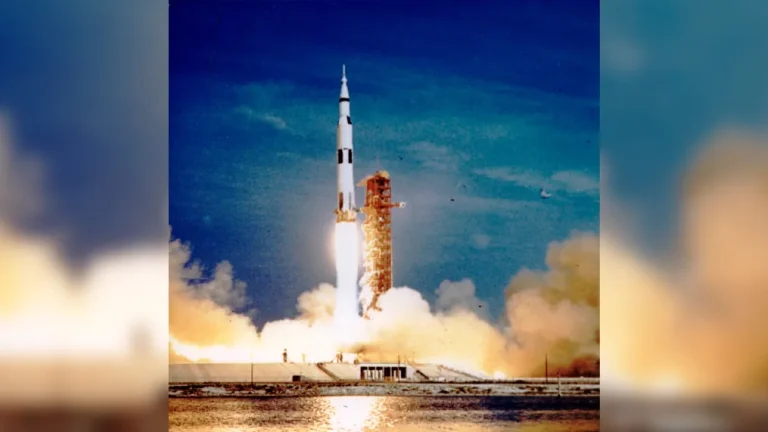Mere moments after SpaceX’s Starship system—the most powerful rocket ever built—was lost in a test flight Saturday, a somewhat complicated narrative around the vehicle began to emerge.
The company immediately described the flight as a huge step in the right direction.
“What we did today will provide invaluable data to continue rapidly developing Starship,” SpaceX said Saturday in a statement. “With a test like this, success comes from what we learn, and today’s test will help us improve Starship’s reliability as SpaceX seeks to make life multiplanetary.”
Yet the loss of another Super Heavy rocket booster and Starship spacecraft highlights just how far they have left to go in the development process, even as significant progress is made. It also raises questions about whether SpaceX can meet some key deadlines on the horizon.
Enabling humans to colonize the cosmos is the ultimate goal for this vehicle. SpaceX intends to use it to send people to the moon, Mars and beyond.
Crucially, the Starship spacecraft is also the vehicle that NASA selected to land US astronauts on the moon for the first time in five decades as part of its Artemis program. The space agency is racing against China to get the job done, vying to become the first to develop a permanent lunar outpost and set the precedent for deep-space settlements.
The first lunar mission that would make use of Starship Artemis III is slated for late 2025. In the aftermath of the first failed test flight in April, NASA officials expressed concern that the vehicle wouldn’t be ready in time.
But federal officials reacted favorably to Saturday’s test launch. NASA Administrator Bill Nelson offered SpaceX his congratulations and noted, “A test is an opportunity to learn—then fly again.”
And to be clear, Starship is still an essential part of NASA’s moon-landing plan. However, there are numerous daunting technological hurdles left to clear before those lunar ambitions become reality.
The Starship spacecraft was then able to ignite its own engines and break away from the Super Heavy rocket booster to continue the mission. And the launchpad that served as the starting point managed to survive the sheer force of a rocket generating up to 16.7 million pounds of thrust (7,590 tons of force).
None of those milestones were met during the vehicle’s inaugural integrated test flight in April.
But other important steps originally slated for Saturday’s mission didn’t happen. The Super Heavy booster experienced a “rapid, unscheduled disassembly”—or an unintentional explosion—shortly after Starship separated from it. The mishap prevented SpaceX from testing the maneuvers that will be necessary to land and reuse the launch vehicle.
Similarly, the Starship capsule made it roughly 10 minutes into its flight, reaching an altitude considered to be beyond the edge of space—about 93 miles (150 kilometers) above Earth’s surface—but SpaceX was forced to terminate the mission when ground control lost its signal.
The vehicle did not spend as much time in space as the company had hoped, collecting mere moments of flight data rather than the hour-and-a-half’s worth mapped out for the mission. John Insprucker, principal integration engineer at SpaceX, said during the livestream that the company had to trigger Starship’s self-destruct feature after contact with the vehicle was lost.
That meant SpaceX wasn’t able to test out Starship’s landing technique either.
“The hardest part about this—or the part that will take the longest—is solving for safe (starship) reentry and landing,” SpaceX CEO Elon Musk acknowledged in October during the International Astronautical Congress in Baku, Azerbaijan


